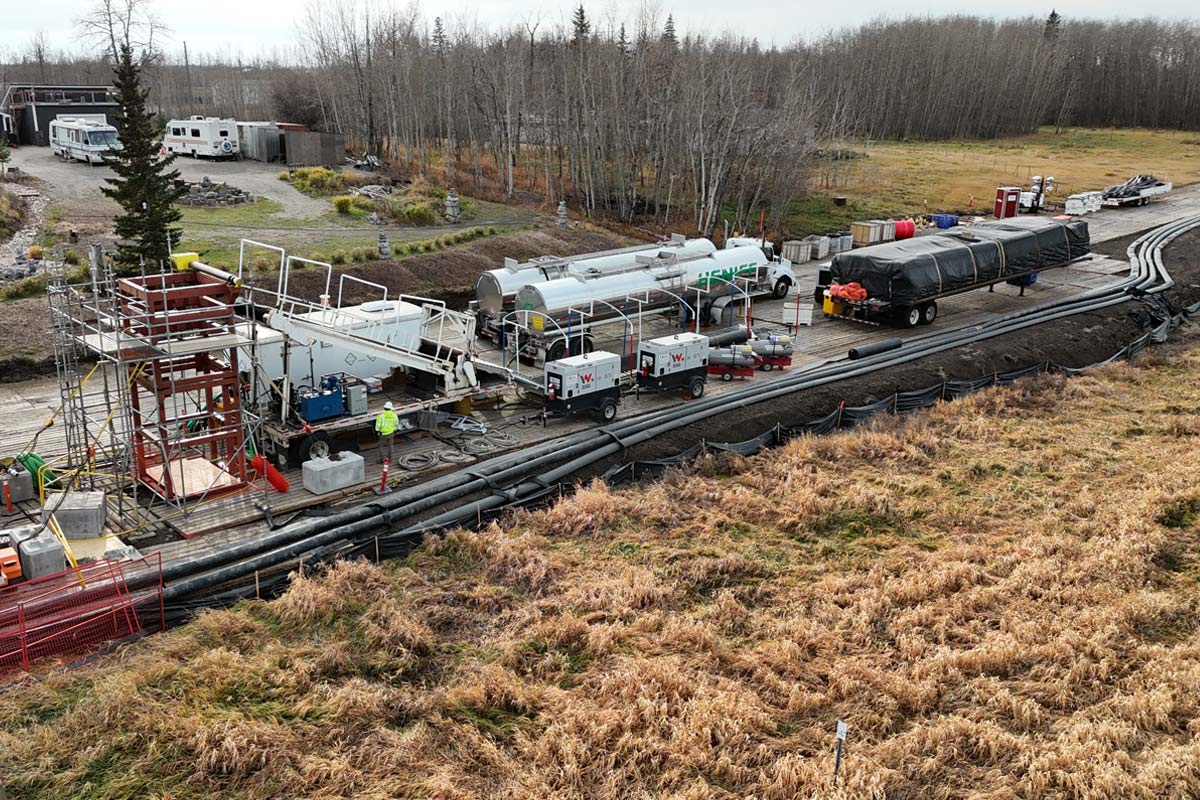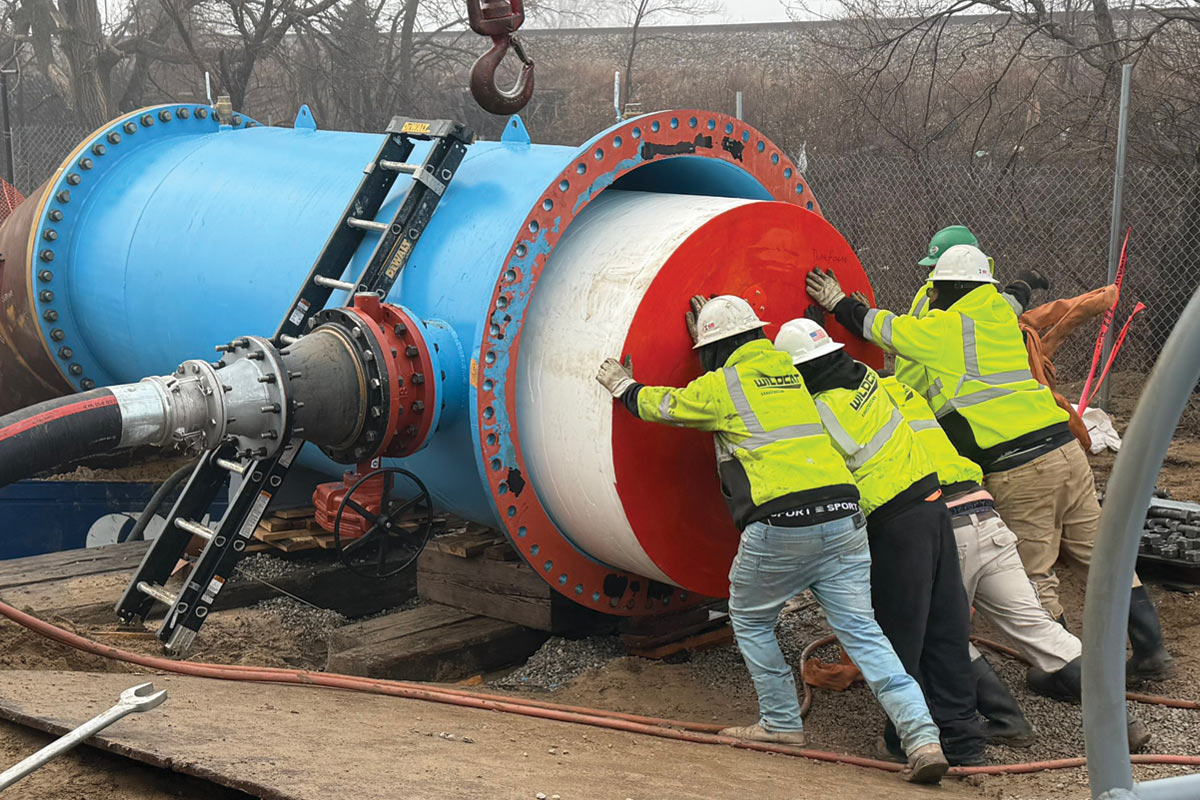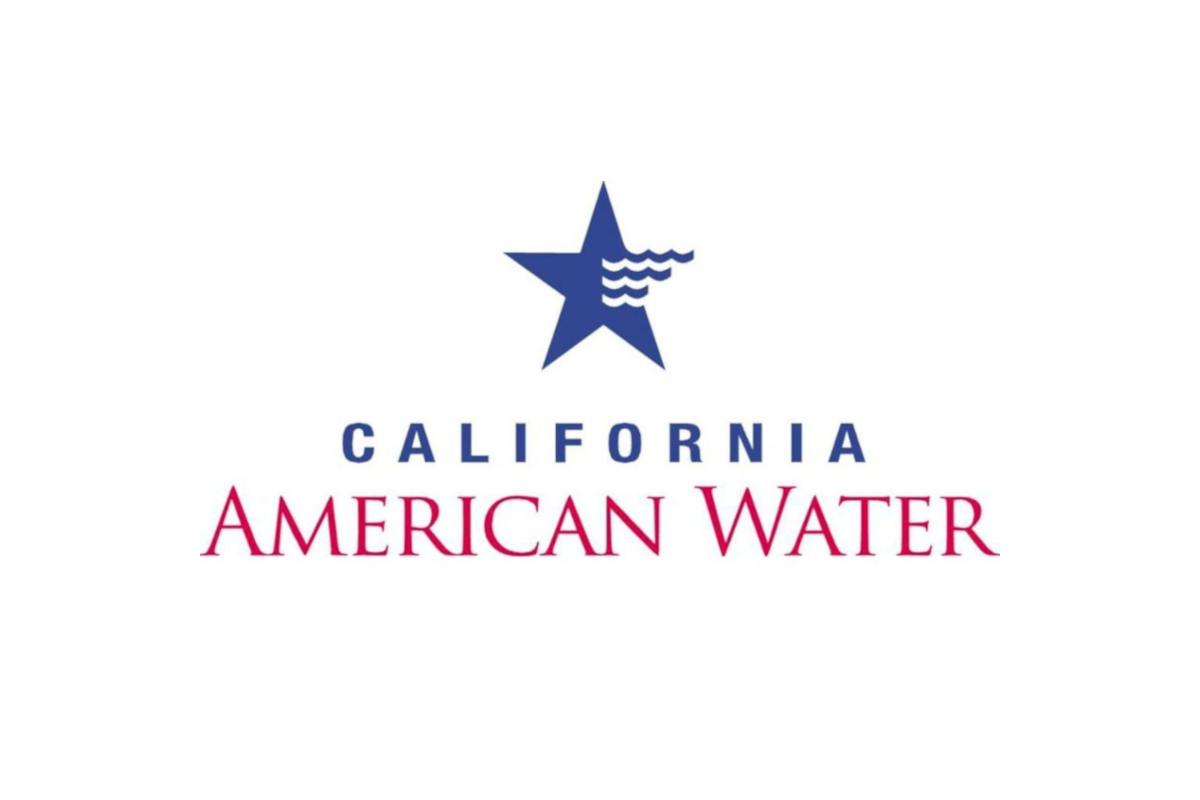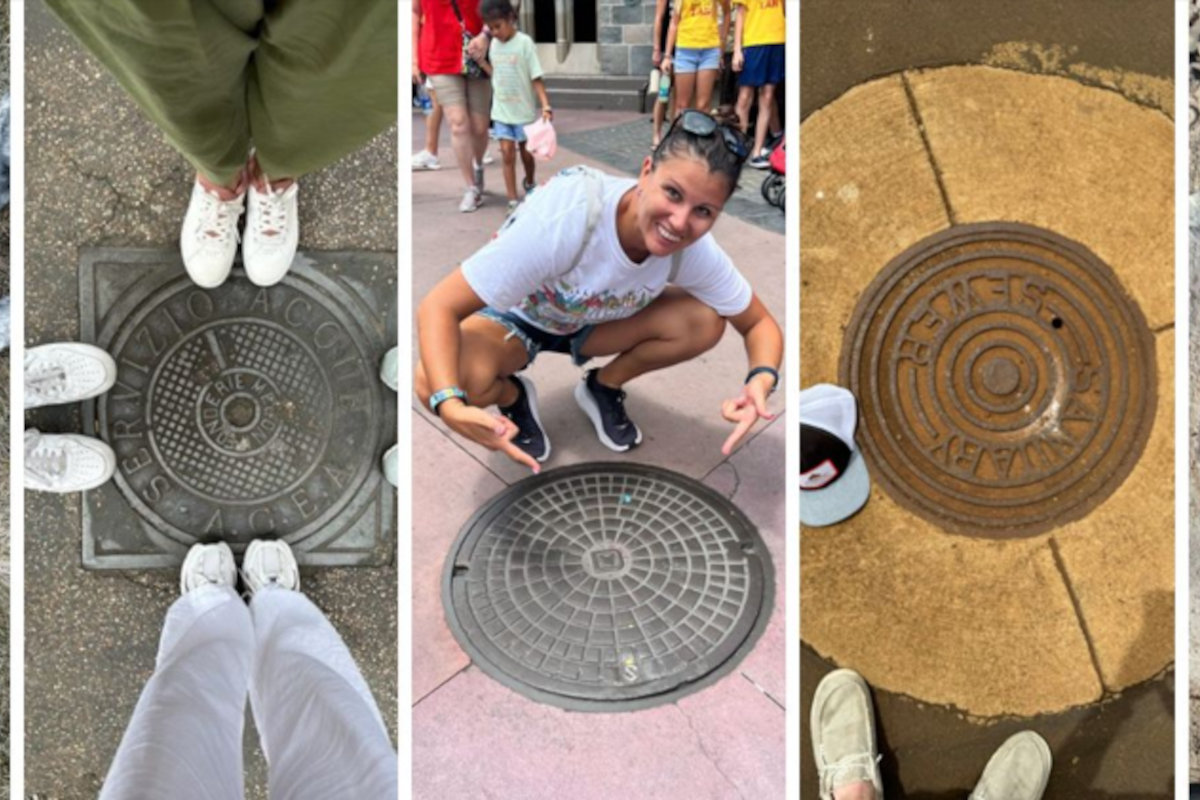
Proper Cleaning & Surface Prep the Key to Successful Spray Applications
In any rehabilitation project that involves the use of a spray-applied cementitious repair material or a polymeric protective coating, the cleaning and surface preparation stages play a critical role.
The age and composition of the host structure, as well as the type of material being used for rehabilitation, are key factors that determine the necessary steps and considerations for cleaning and surface preparation.
Regardless the host material composition, or whether a cementitious or polymeric material is being applied, the cleaning process serves as the initial step to promote proper adhesion or positive interface between the repair material or protective coating and the host infrastructure substrate.
To achieve this, it is generally recommended and necessary to remove surface contaminants such as loose debris and FOG (Fats, Oils, and Grease). This can typically be accomplished by employing high-pressure water blasting techniques, where the surface is subjected to water at a pressure ranging from 3000 to 5000 pounds per square inch (psi).
Once the surface has been meticulously cleaned, the next step involves assessing the condition of the substrate. This entails inspecting for cracks, spalls, or any other surface defects that may require repair before the spray-applied material can be applied. It is crucial to address these issues before proceeding with the rehabilitation project, as they have the potential to compromise the integrity of the final coating or repair.

Before Prep
Determining the Right Surface Prep Level
Since each product is unique, both in makeup and in function, it is important to know what the individual surface condition requirements are prior to application.
Proper concrete surface preparation will save time, money and greatly reduce the chance for coating failure. The International Concrete Repair Institute (ICRI) classified and developed ten concrete surface profiles (CSP 1-10).
Each profile is classified by the average distance from the peaks of the concrete surface to the valleys. The higher the classification number, the coarser the surface. CSP 1 is nearly flat, while CSP 10 is rough and ridged.
The 10 CSP classifications are accepted industry standards designed to help an installer achieve proper surface texture to successfully bond the existing surface to the rehabilitation material.




